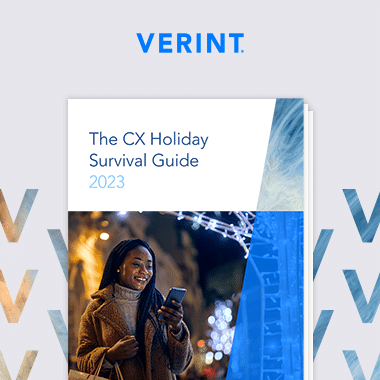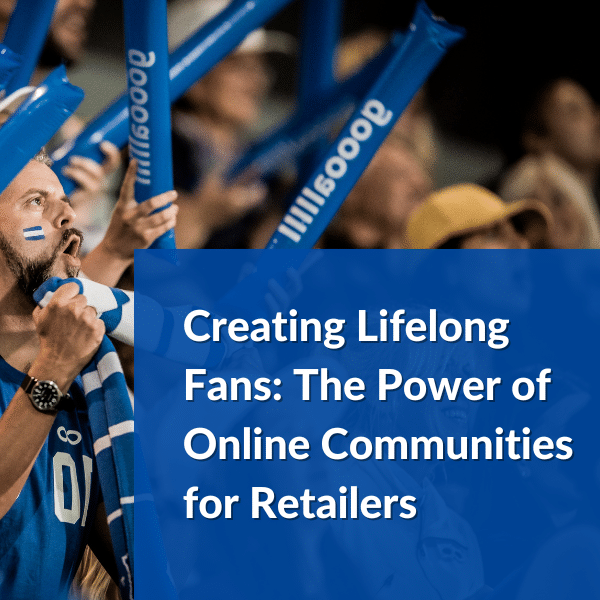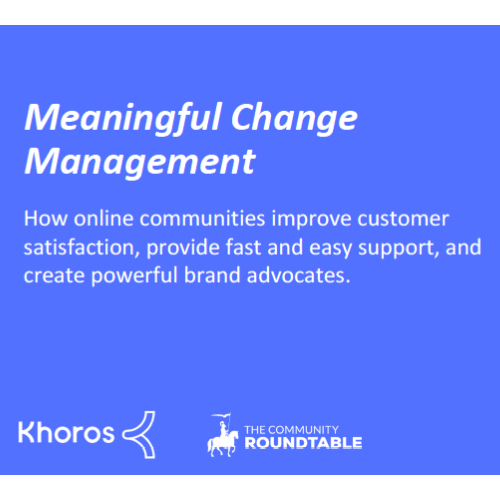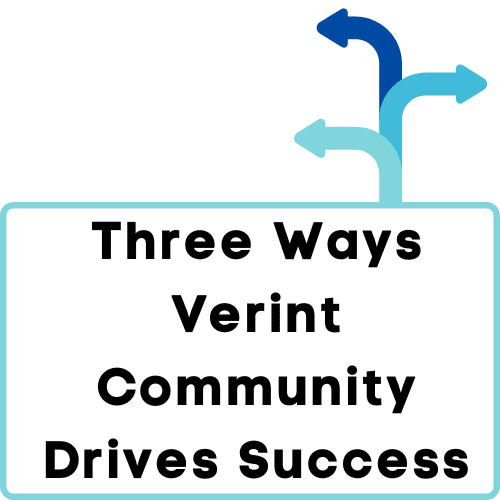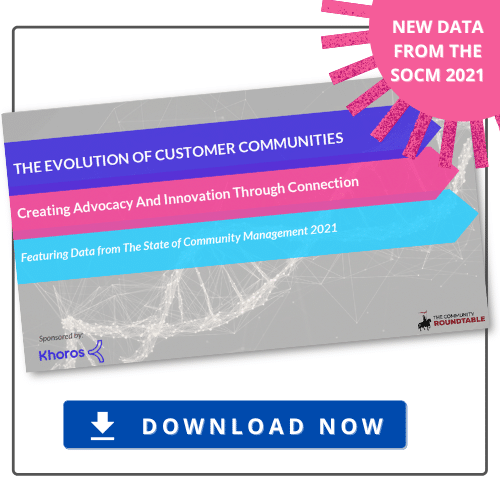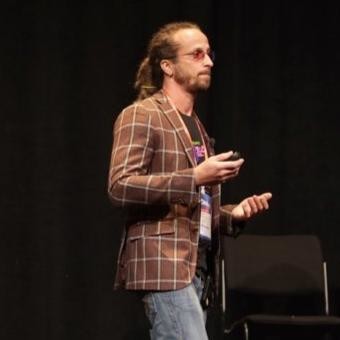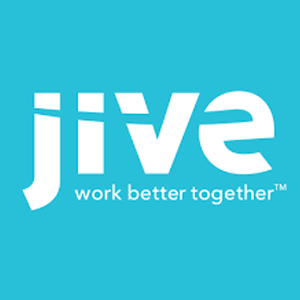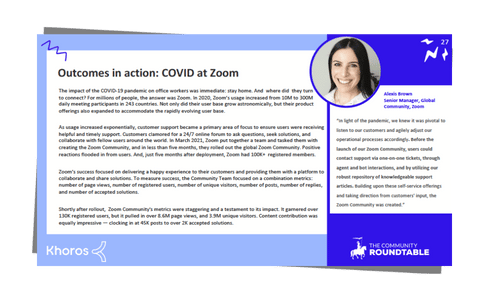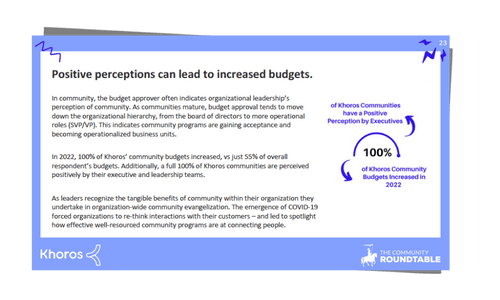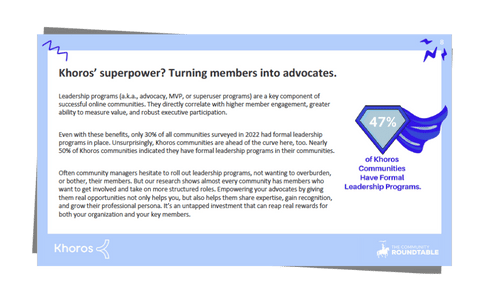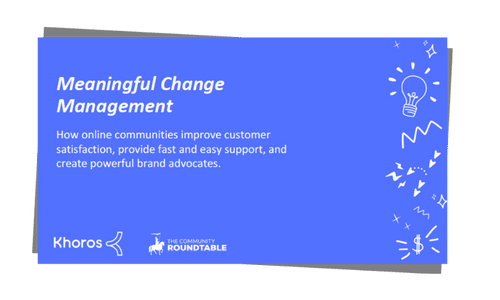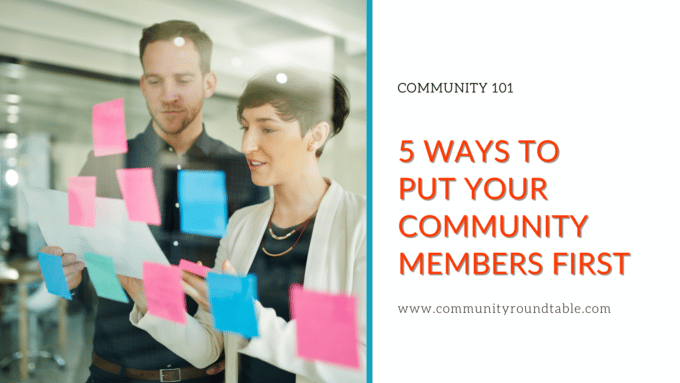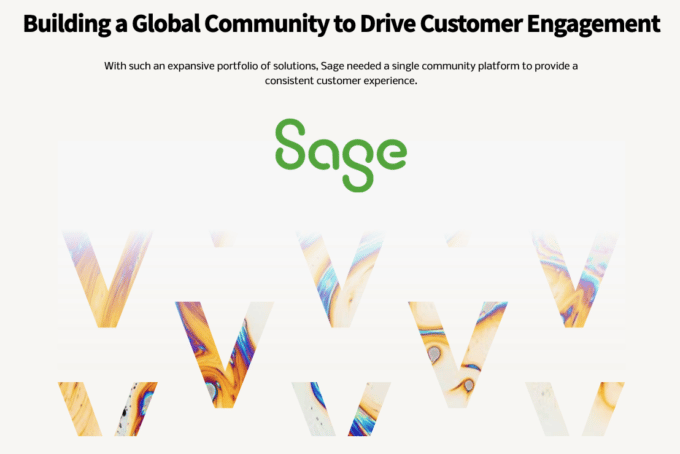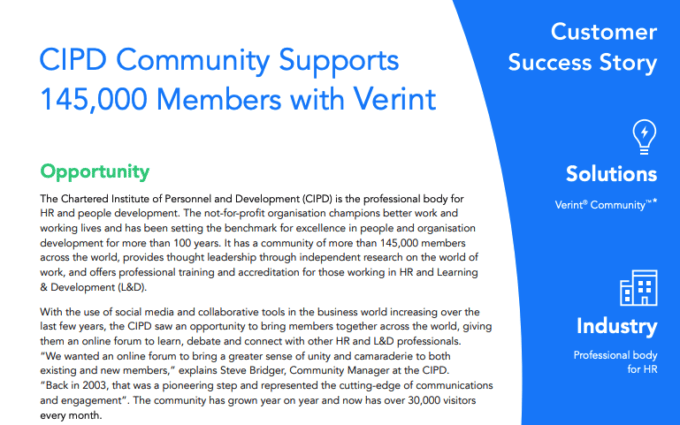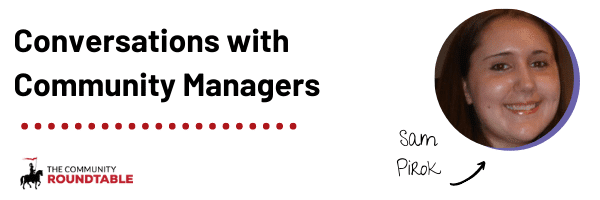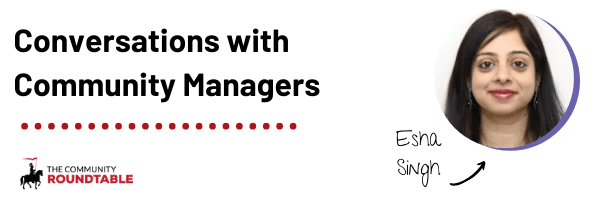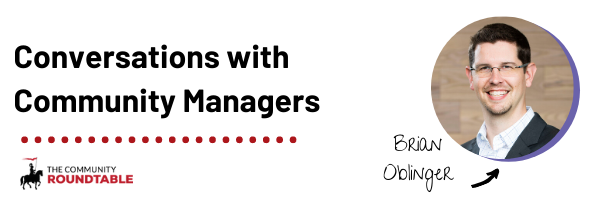For many brands, one of the most powerful marketing tools is the legion of dedicated customers whose passion for the company’s products and services sees them reach a whole new echelon of consumer – the super fan. Creating these lifelong fans is something any brand can achieve.
This guest post is sponsored content provided by Verint. Learn more about Verint here.
This most loyal section of the customer base can be found across any industry. From people who swear by Levi’s jeans to the family dressed as superheroes lining up for the latest Marvel movie, fans are everywhere.
And it’s not just the big household names or media giants that attract these passionate groups of consumers. Even businesses operating in more niche markets can draw on a small yet mighty group of dedicated enthusiasts who are desperate to engage with other like-minded devotees. The key for businesses is to provide opportunities to harness this following. A powerful tool to do just that is an online community.
These virtual gathering places, where customers can come together not only serve as hubs for discussions and shared interests, but also play a pivotal role in turning buyers into lifelong fans.
How Online Communities Help Retailers Do More with Less
Turning regular customers into loyal fans has never been more important for retailers. With inflation causing shoppers to scrutinize their purchases more thoroughly, retailers need to not just meet customer expectations, but exceed them to ensure they win their loyalty.
Take this quote from Verint’s CX Holiday Survival 2023:
“Without question inflation has caused a serious challenge to our business as more and more customers are simply spending less in fear and uncertainty about which direction our current economy is heading,” said a C-level executive at a company with 10,000 to 49,999 employees.
So how can retailers exceed customer expectations and go about creating lifelong fans?
The same report, 45 percent of retailers polled said say that handling the increased volume of customer interactions is a major challenge over the holiday period. A successful strategy to ensure customer interactions are handled quickly and effectively is to reduce the need for customers to reach the contact center in the first place.
And what better way to do that than by harnessing a thriving online community where fans are on hand to help answer each other’s questions 24/7. Here’s how golfing brand Titleist leverages the power of their community to connect with customers, provide key product information, and drive sales.
How the Team Titleist Community Hit a Hole in One
Before implementing Verint Community, Titleist had to rely on either indirect feedback received from retail stores and re-sellers (not detailed enough nor scalable) or direct feedback from public social media channels (not always action oriented nor friendly).
With the power of Verint Community, Titleist was able to transform its digital platform into a space for members to access “behind-the-scenes” content, share golf tips, and openly provide product feedback – and in turn creating lifelong fans from customers. As a result, Titleist’s online membership grew by 500 percent in the first year alone.
This approach has enabled Titleist to add value for its community members, putting themselves in their customers’ shoes and providing the best possible digital experience.
Perhaps most notably, Titleist experienced a change in customer buying habits and shopping trends. For one, the amount of time spent in the “research phase” of pre-purchase. This meant that buyers were spending time online finding out more information about the products before they made a decision. This analysis led to significant insights for Titleist, and with a capable digital platform now integrated, they were able to take action to capitalize on their customers’ new behaviors.
The Team Titleist community is a perfect example of providing exceptional customer experience that creates brand loyalty while also deflecting customer interaction volume away from the contact center, helping to reduce support costs – a win-win for both the retailer and consumers.
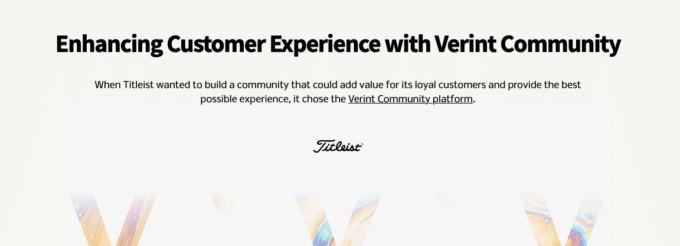
Read the full Titleist case study here
How the MyOlympus Community Cultivates Customer Loyalty
Olympus, known as for its digital cameras, sought to connect more effectively with its European customer base. Their goal was to create an online community that unites photography enthusiasts, inspires them, and offers support, all while cultivating brand loyalty.
Verint Community served as the foundation for MyOlympus, a community where photography enthusiasts could share their work, engage in contests, access photography tips, and find community-driven support.
MyOlympus succeeded in bringing together like-minded individuals who shared a passion for photography and Olympus products. The community empowered members to discover new ideas, participate in challenges, and receive self-service support, fostering lasting brand loyalty.
Recognizing that sustaining a thriving community requires continuous improvement, Olympus enhanced the user experience and functionality of its community, paving the way for custom plugins that expanded core features, such as YouTube galleries, image galleries, and more.
With over 401,000 members, 504,000 monthly page views, and 263,000 shared photos across Europe, MyOlympus continues to drive customer loyalty while reducing support costs by enabling customers to self-serve.

Read the full Olympus case study here
The power of an online community cannot be overstated when it comes to creating brand loyalty. By offering a dedicated space for like-minded individuals to connect, share, and find support, businesses can nurture a deeper emotional connection with their customers as they become lifelong fans. This connection translates into customer loyalty, where individuals also expand their product.
Related Reading:
- Creating Lifelong Fans: The Power of Online Communities for Retailers
- Communities Drive Meaningful Change Management
- Three Ways Verint Community Drives Success
- Save the Date: Customer Community Summit is June 15th
- The Evolution of Customer Communities
- 3 Customer Engagement Tips from Powerschool, Tealium Education, and Acer
- Andrew Mishalove on Migration and Customer Communities
- Jive Acquisition: The End of the Beginning
- Industry Interview: Dennis Shiao, DNN
- Technology Changes, People Don’t … as Quickly
